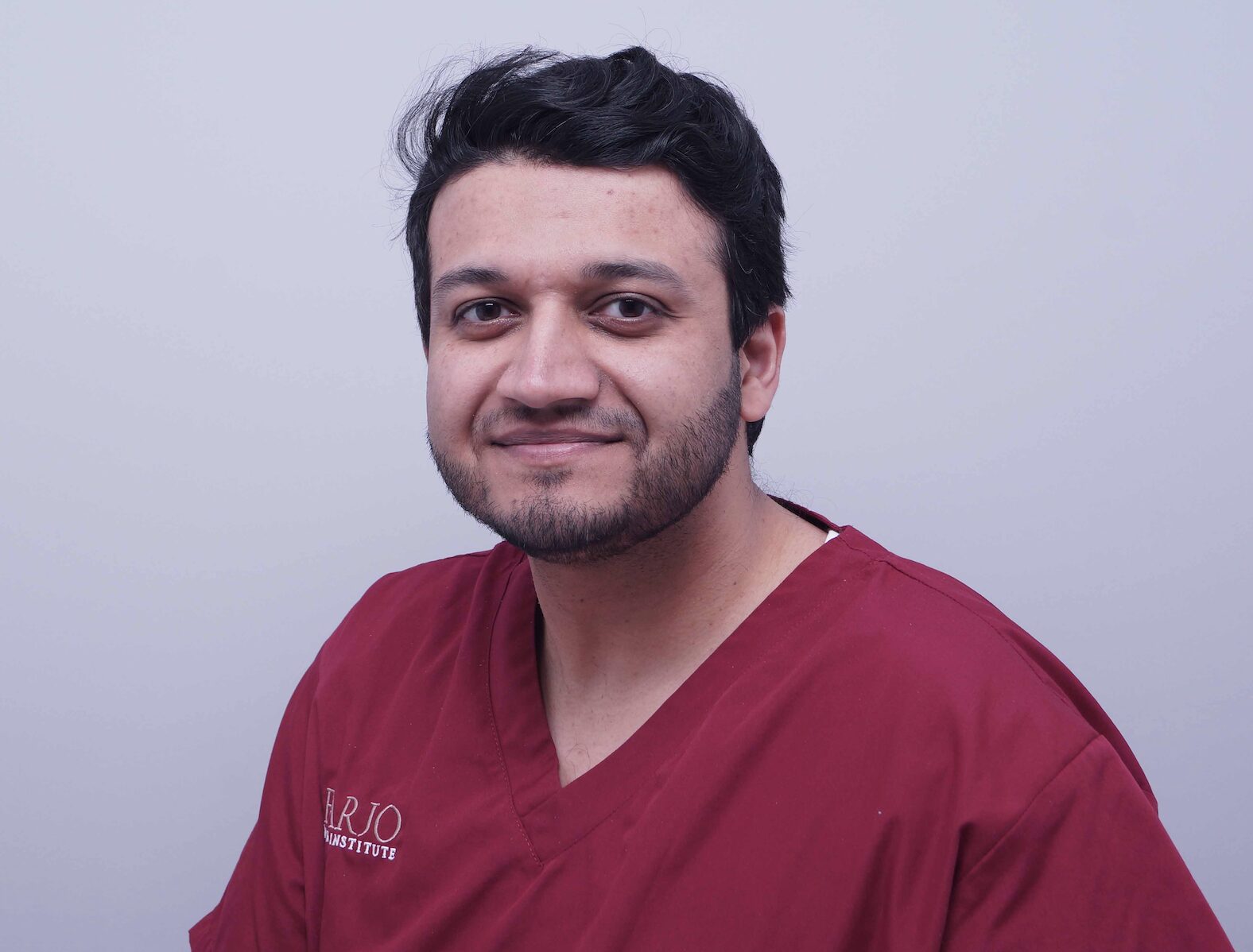
What is Alopecia Areata and how can it be treated?
23rd February 2021
Alopecia Areata is a condition that causes your hair to fall out in small patches. Typically these patches measure no more than several centimetres and can be almost unnoticeable. However, the patches can sometimes connect and become more visible as a result.
You may first notice clumps of hair on your pillow or in the shower. Alternatively, if the spots are on the back of your head, someone may bring it to your attention – a friend, family member, work colleague or even your hairdresser/barber.
It’s worth noting, however, that there are a lot of other health conditions that can cause your hair to fall out in a similar pattern. Therefore, hair loss alone isn’t used to diagnose alopecia areata.
The condition itself develops when the immune system attacks the hair follicles. As a result, the follicles become smaller and stop producing hair, leading to hair loss.
Alopecia Areata can affect both men and women of any age, although in about 50% of cases it starts in childhood.
Approximately 1 in 1,000 people have a form of Alopecia Areata, independent of ethnicity. However, a family history of Alopecia Areata and/or of other autoimmune conditions are present in 10–25% of people presenting with the condition.
The onset of Alopecia Areata can vary quite dramatically. For some, it is a condition that will develop slowly over time and recur after years between instances. Whilst for others, sudden hair loss may occur on the scalp, and in some cases the eyebrows, eyelashes and beard, as well as other parts of the body.
In extreme cases, the condition can result in total hair loss of the scalp, known as Alopecia Totalis, or hair loss across the entire scalp, face (including eyebrows and eyelashes) and the rest of the body (including pubic hair), which is called Alopecia Universalis.
Although for some people their hair will grow back, it may also be the case that their hair falls out again – the extent of hair loss and regrowth very much varies from person to person. Also, the exact way in which this happens is not yet understood.
At this moment it there is no known cure for Alopecia Areata. However, there are treatments available that can, in some instances, help hair grow back more quickly as well as prevent future hair loss.
There are also several products and different techniques that can be used to help cover up the hair loss – an option that may be more manageable for some. As well as resources to help people cope with stress related to their hair loss (see Alopecia UK).
In terms of medical treatments for alopecia areata, these can include the use of topical agents, such as Minoxidil, steroid injections – a common option for mild, patchy alopecia to help hair grow back on bald spots – and oral treatments, e.g. cortisone tablets, which are sometimes used for extensive alopecia.
Another option is light therapy, also called photochemotherapy or phototherapy. It is a type of radiation treatment that uses a combination of an oral medication called psoralens and UV light.
Alongside medical treatments, many people will opt for natural treatments or alternative therapies, such as aromatherapy, acupuncture, microneedling, low-level laser therapy (LLLT) or use vitamin supplements like zinc or biotin, as well as essential oils such as tea tree, rosemary, lavender and peppermint.
If you would like to talk to us about your hair loss, please do not hesitate to book a consultation.


